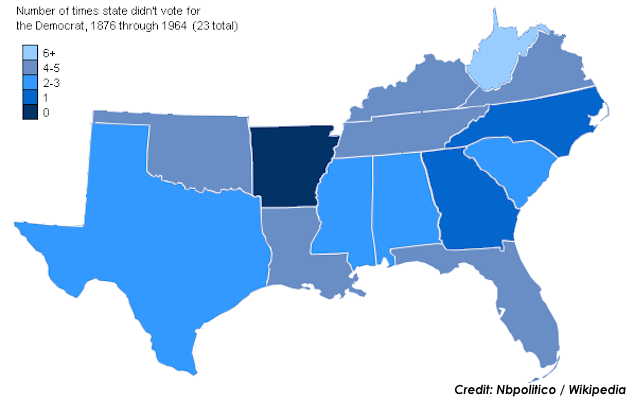Background
– In November 2014, the CIA-trained and armed Harakat Hazm fighters in Syria got into a confrontation with Nusra Front, al Qaeda’s official branch in the Syrian Civil War, and basically fled the battlefield, abandoning their U.S.-supplied anti-tank weapons to the extremists.
– By late December 2014, Nusra Front had taken effective control of all major insurgent operations not aligned with ISIS. All “moderate” and “pro-Western” forces essentially joined forces with Syrian al Qaeda or were cut loose from the action.
Latest Development
McClatchy: “U.S.-backed rebels team with Islamists to capture Syrian city”
Rebels, including members of U.S.-backed groups and al Qaida’s Nusra Front, captured the strategic town of Jisr al Shughur in northwest Syria on Saturday, the second major setback for the government of President Bashar Assad in Idlib province in a month.
[…]
The latest rebel victory came surprisingly quickly, apparently aided by U.S.-supplied TOW anti-tank missiles. Islamist groups announced the battle only Wednesday.
[…]
Videos posted on social media showed that U.S.-supplied TOW missiles played a critical role, destroying dozens of government tanks and vehicles. The opposition run Masar News Network reported that rebel forces captured dozens of regime troops as well as three tanks and three other armored vehicles.
[…]
The U.S. in recent months has severed relationships with some moderate rebel groups that had surrendered weapons to Nusra.
Video posted on social media Saturday showed fighters from two major groups that still receive U.S. support, Division 13 and the Sukur al Ghab Brigades, participating in the fighting, including firing TOWs.
Bill’s Inner Monologue
“Teamwork!” he cried, sarcastically, as he thought about how great it is to be a taxpaying adult in the U.S. and to have the ‘opportunity’ to covertly fund heavy arms for extremist groups in Southwest Asia, just like his parents got to do in the 1980s. “These are definitely not policy actions that will ripple back negatively later in my lifetime,” he added, cynically predicting the opposite of his words.
Maybe we can finally drop the pretenses that there’s a serious, non-extremist, independent opposition force of any military significance in Syria…

Pictured: Destroyed Syrian Army tanks, August 2012, after the Battle of Azaz. (Credit: Christiaan Triebert via Wikipedia)






